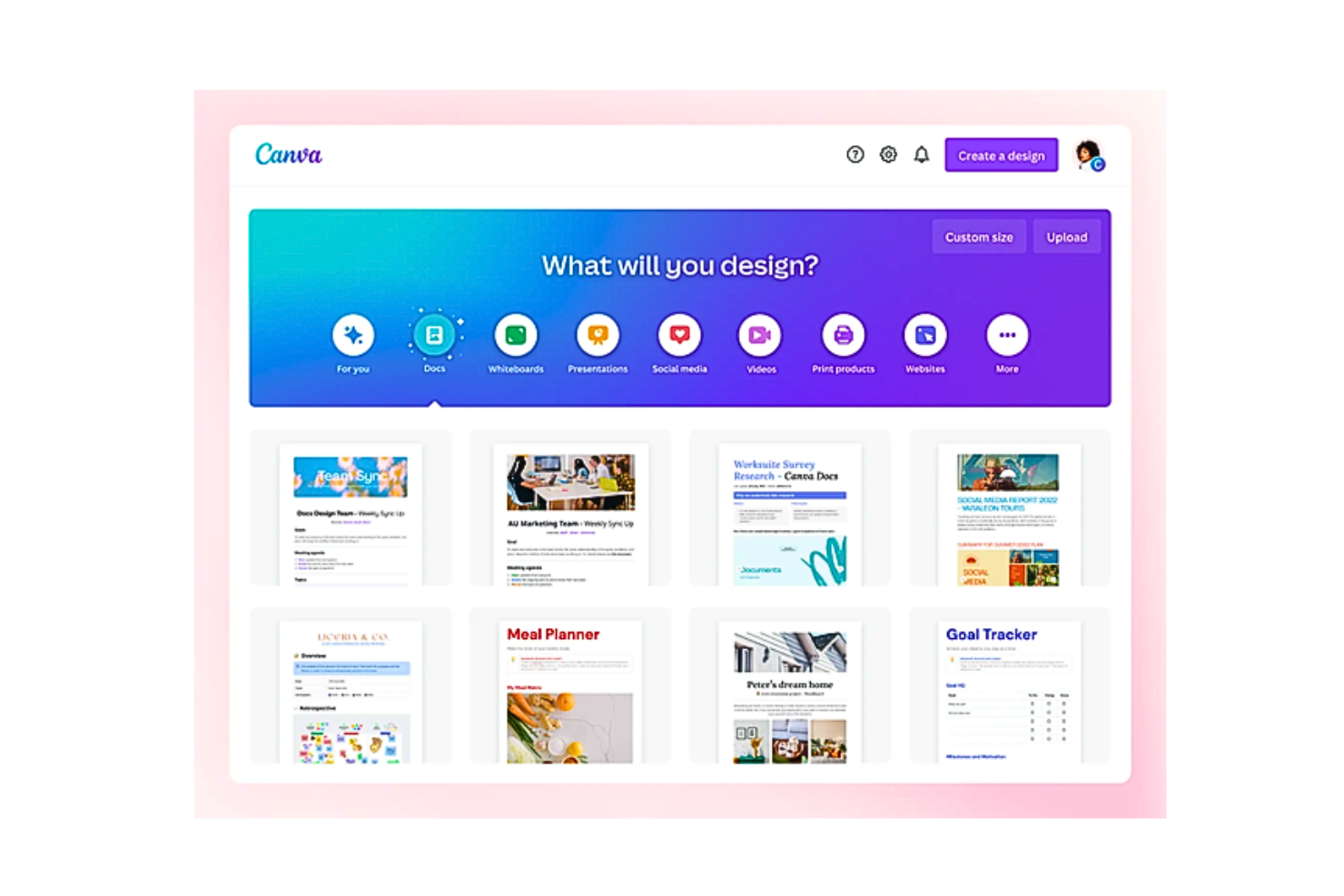Website Design for Small Businesses: Affordable Solutions for Success
Website Design for Small Businesses: Affordable Solutions for Success
Blog Article
Modern Internet Site Layout That Captures Focus and Converts
In a progressively digital landscape, modern-day website style has actually become an essential aspect in capturing user attention and driving conversions. By purposefully utilizing visual hierarchy, receptive designs, and engaging interactive aspects, designers can create experiences that not just draw in site visitors however likewise facilitate purposeful interactions. In addition, effective call-to-action methods play a vital role in directing users towards preferred end results. As we check out these essential components, it ends up being clear that understanding their interaction can substantially impact a site's efficiency and user contentment. What are the key elements that genuinely make a distinction?
Significance of Visual Pecking Order
Visual hierarchy is a crucial element in internet site layout, as it overviews customers' focus and improves their general experience. By purposefully arranging content, designers can route individuals to the most crucial info first, thus raising interaction and enhancing functionality.
Including a sensible flow in content setup is vital; for example, positioning the most critical info on top of a page promotes immediate recognition. Regular use of typography, such as differing font sizes and designs, helps establish a clear web content structure. This company not just aids in navigation yet also develops count on, as individuals feel extra comfortable when they can easily locate what they are searching for.
Eventually, a well-executed aesthetic hierarchy not only enhances aesthetic allure yet also significantly impacts individual behavior. By prioritizing necessary components and making sure a smooth experience, designers can efficiently convert visitors into customers, enhancing the significance of this fundamental layout principle in modern-day site advancement.
Responsive Layout for All Tools
Producing a seamless experience throughout different tools is necessary in today's electronic landscape, where individuals accessibility sites from tablets, mobile phones, and desktops alike. Responsive design is a vital strategy that guarantees web sites adapt fluidly to different display sizes, alignments, and resolutions. By using flexible grids, pictures, and CSS media inquiries, designers can develop designs that keep aesthetic integrity and capability, no matter of the gadget being made use of.
The significance of responsive layout extends beyond looks; it straight influences user engagement and conversion rates. A website that functions well on all devices encourages longer check outs and minimizes bounce rates, as users are most likely to interact with web content that is easy to navigate. Additionally, internet search engine, especially Google, focus on mobile-friendly websites in their rankings, making receptive style an essential part of seo (SEARCH ENGINE OPTIMIZATION)
Integrating responsive design not only enhances individual experience however additionally enhances the growth procedure. By producing a solitary site that works across gadgets, companies can save time and sources contrasted to establishing separate mobile and desktop variations. Inevitably, receptive design is a basic method for modern-day web site style, guaranteeing ease of access and complete satisfaction for all individuals, regardless of their gadget.
Engaging Interactive Aspects
While a receptive design prepares for a practical site, incorporating interesting interactive aspects is critical for recording user focus and cultivating deeper links. Website Design. Interactive components, such as animations, tests, and clickable infographics, develop a more vibrant customer experience, motivating visitors to invest even more time on the website
Including interactive functions can also assist individuals through complicated information, making it simpler to absorb content. Interactive sliders can highlight product variants, while ingrained videos can give presentations or reviews that reverberate more than fixed images or text. Furthermore, gamification strategies, additional hints like rewards for involving or finishing tasks with web content, can boost user inspiration and retention.
Effective usage of interactive components not just improves the customer experience yet can additionally lead to greater conversion rates. It is necessary to stabilize interactivity with efficiency; excessively complicated features might hinder site rate, negatively impacting customer fulfillment.
Structured Navigation Practices
Reliable navigating is a keystone of any type of successful web site, as it straight affects individual experience and content accessibility. Structured navigation techniques guarantee that individuals can easily locate info, enhancing their interaction with the site. A well-structured navigating menu need to be easy and read what he said instinctive, typically featuring a restricted variety of primary classifications to avoid frustrating visitors.
To attain streamlined navigation, designers ought to prioritize a hierarchical structure that realistically arranges material. Implementing breadcrumb tracks can provide individuals with context concerning their existing place within the site, permitting smooth backtracking. In addition, making use of drop-down food selections can properly preserve space while still providing access to subcategories.
Responsive layout is vital, as navigating needs to be functional across all gadgets (Website Design). Mobile users, particularly, gain from touch-friendly food selections and retractable sections that keep use without jeopardizing visual appeals

Reliable Call-to-Action Methods
A well-crafted call-to-action (CTA) is important for guiding users towards preferred outcomes on an internet site, as it encourages them to engage with web content or buy. To optimize their performance, CTAs need to be clear, compelling, and strategically placed throughout the site.
First, utilize action-oriented language that interacts necessity or value, such as "Get Begun," "Sign up with Currently," or "Case Your browse around this web-site Discount rate." This language not only encourages individuals yet additionally sets clear assumptions concerning the next actions.
Second, consider style components; CTAs ought to stick out visually through contrasting shades, sufficient whitespace, and noticeable positioning. A button that is simple to see and click rises the chance of user interaction.
In addition, personalizing CTAs based on customer behavior or demographics can significantly enhance interaction. Customized messages resonate a lot more with customers, driving greater conversion rates.

Final Thought
These components jointly boost customer experience, making certain that site visitors remain engaged and inspired to explore content even more. By prioritizing these style principles, services can dramatically boost customer retention and conversion rates, ultimately leading to better success in the electronic landscape.
In a significantly electronic landscape, contemporary internet site style has emerged as a pivotal variable in capturing individual attention and driving conversions.Aesthetic pecking order is a critical aspect in site style, as it guides customers' interest and enhances their general experience.The value of responsive layout prolongs beyond looks; it straight influences individual engagement and conversion prices.Incorporating receptive layout not only enhances individual experience but additionally simplifies the advancement process. Ultimately, receptive design is a basic strategy for contemporary website style, guaranteeing ease of access and fulfillment for all users, no matter of their tool.
Report this page